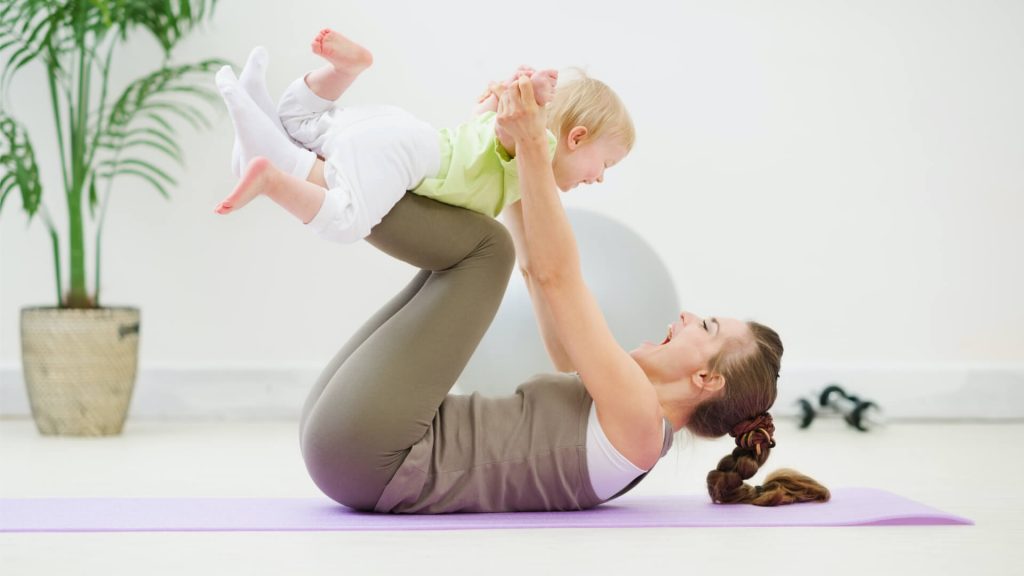Why is Physical Activity Important for Child Development?
Feb 7, 2022 Speech Blubs’ blogs focus on children’s development related to speech, language, communication, and brain development. So where does physical activity fit into their development?
Amazingly, physical development benefits not only their body but brain development as well! Sadly, research is finding the importance of physical activity in children’s lives is decreasing.
In This Article
A comprehensive study conducted by John Hopkins’ Bloomberg School of Public Health found that physical activity decreases steadily throughout childhood and into teenage years. The result: by age 19, “their physical activity levels were comparable to a 60-year-old.” This study highlights the importance of physical activity for children starting at an early age. Not only do kids need to be active early on, but it must continue as children age to form healthy habits.
The 7 Benefits of Physical Activity for Kids
Improved Mental Health and Behavioral Disorders
A study published in Pediatrics (2017) looked at the effects of physical exercise and cognitive health related to behavioral disorders in children. Kids in the study were diagnosed with a range of behavioral disorders including sensory disorders, anxiety, and delays in motor skill development. The study yielded positive results.
Boost Your Child’s Speech Development!
Improve language & communication skills with fun learning!

April Bowling, Assistant Professor at Merrimack College discovered children who engaged in cyber cycling (stationary cycling combined with virtual reality) experienced an improvement in self-regulation and classroom behavior. Children between the ages of 7 – 16 years old displayed a 51% decrease in disruptive behaviors as a result of the cyber cycling classes.
Prevents Heart Disease
According to the U.S. Department of Health and Human Services, heart disease is the leading cause of death. Though this is usually not a big worry in children, physical activity is important for lowering their risk of future heart disease. When the heart is strengthened more with physical activity, it functions more efficiently.
Controls Weight
With an increase in a non-active lifestyle, children are not burning the necessary calories they need to burn. So those extra calories will be stored as fat. Over time, with little physical activity, their weight will get heavier. One of the obvious benefits of physical activity is that with increased exercise comes increased weight control or weight decrease.
Improved Self-esteem
When children do a challenging activity, it builds self-confidence. Once a child starts regular physical activity, they will begin to look and feel their best. This will only build a positive body image. As they realize how important physical activity is in their lives, they are less likely to develop future unhealthy eating and exercise habits to obtain the “perfect body image.”

Relationship Development
From preschool to high school, children largely engage in physical activity with other children. But group activities for some children who suffer from social anxiety may find it difficult to participate. However, when socially anxious kids play with others in a focused exercise like a sport, their feeling of social pressure may begin to lessen.
One of the benefits of physical activity for kids includes relationship development. When working toward a common goal in an exercise or sport, children begin to:
- Share a common experience
- Develop rapport
- Increase confidence with making friends
- Develop a new skill or activity with the help of others.
Lowers the Risk of Type 2 Diabetes
Exercise triggers the muscles to release glucose in the bloodstream for energy during physical activity. This can lower a child’s risk of developing type-2 diabetes in the future. The Center for Disease Control reported in 2020 that the rate of type-2 diabetes is increasing by 4.8% per year. Physical activity for kids plays a pivotal role in reducing the likelihood of developing diabetes.
Strengthens Bones
Just like the heart, bones and muscles need physical strain to grow stronger. By the time an adult reaches their 20’s, bone density begins to steadily decrease. But, those who do regular exercise from a young age show “greater peak bone density,” according to the National Institute of Health. When children strengthen their bones through physical exercise they reduce their risk of osteoporosis later in life.
The Center for Disease Control is clear about the importance of physical activity for kids and recommends those between 6 – 17 complete at least 60 minutes of moderate to vigorous physical exercise every day. Of course, all the 60 minutes do not need to be done at once. Physical exercise can be spread out throughout the day. The best way children understand the importance of physical activity is if it’s fun for them!
